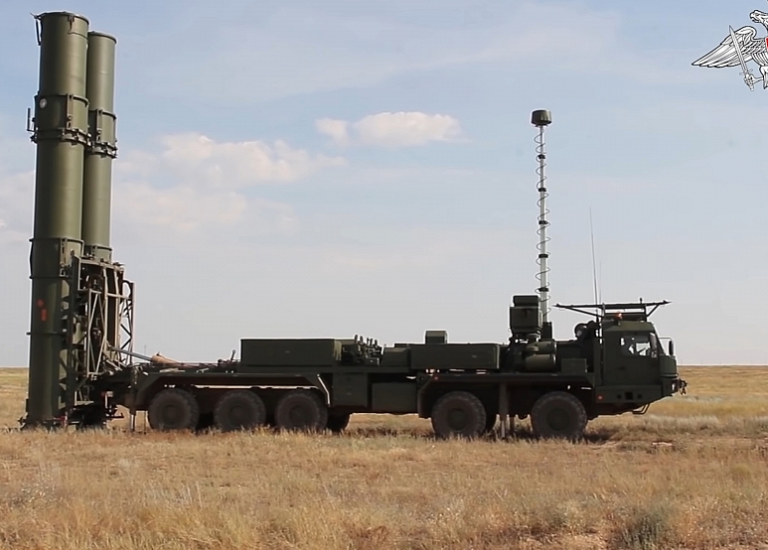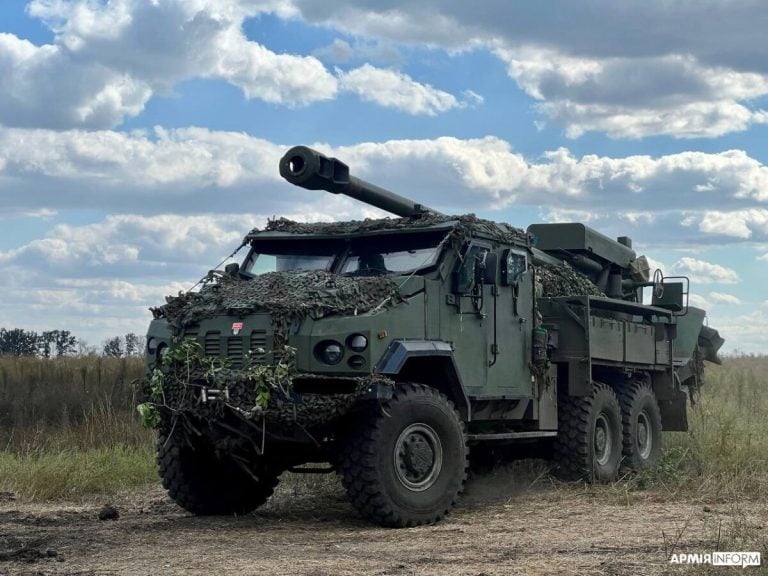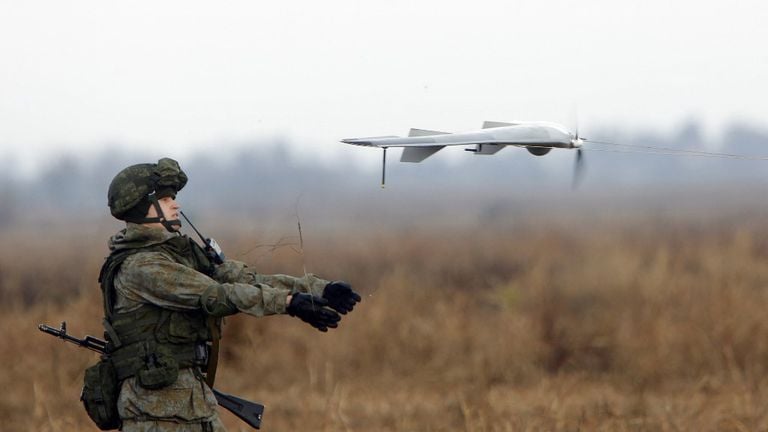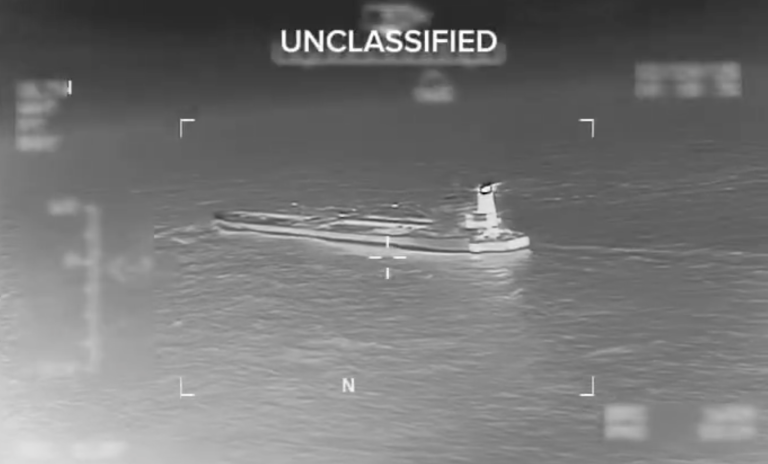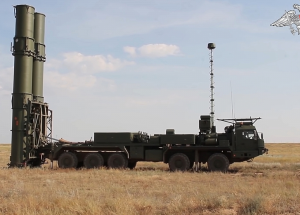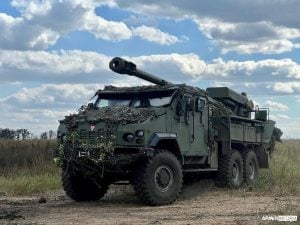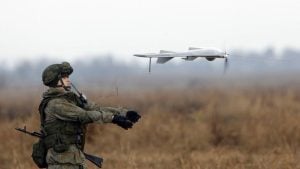The US Navy has recently enhanced its defensive capabilities by deploying Coyote drone interceptors on the USS Bainbridge, an Arleigh Burke-class destroyer. This strategic move adds a robust layer of protection against swarming unmanned aerial vehicles (UAVs) as the Navy seeks to fortify its defenses in increasingly hostile operational environments.
The deployment was confirmed in a publicly accessible image showing the Raytheon-manufactured counter-drone systems situated on the aft superstructure of the USS Bainbridge during drills in the Ionian Sea. The Coyote launchers are positioned on the ship’s port side, near the Mk 41 Vertical Launch System and other critical weaponry, indicating their integral role in the vessel’s overall defense structure.
As part of the Gerald R. Ford Carrier Strike Group, the USS Bainbridge is responsible for protecting high-value naval assets. The integration of the Coyote system serves as an essential element in safeguarding against small, low-flying drones, a threat that has become increasingly pertinent. This deployment comes in response to a noted escalation in drone and missile attacks by Houthi forces in the Red Sea, posing serious risks to both military and commercial maritime operations.
Originally developed as a small, expendable reconnaissance drone, the Coyote has undergone significant evolution and is now recognized as a frontline asset in counter-UAV operations. Its compact, tube-launched design allows for versatility; it can be deployed from vehicles, ships, or modular systems, and it unfolds its wings upon launch. The latest Block 2 variant is powered by a small jet engine, enhancing its speed and range while incorporating an active seeker to effectively track and neutralize agile enemy drones. Reportedly, the system has been credited with at least 170 drone kills in various global conflicts, underscoring its effectiveness.
Additionally, Raytheon recently achieved a milestone by conducting the first-ever helicopter launch of a Coyote variant earlier this year at the Nine Mile Training Center in Fort Stockton, Texas. This development further highlights the system’s adaptability and operational potential in a variety of military scenarios.
As drone warfare continues to expand, the US Navy’s proactive steps to incorporate advanced drone-hunting technology signify a critical evolution in naval defense strategies.



